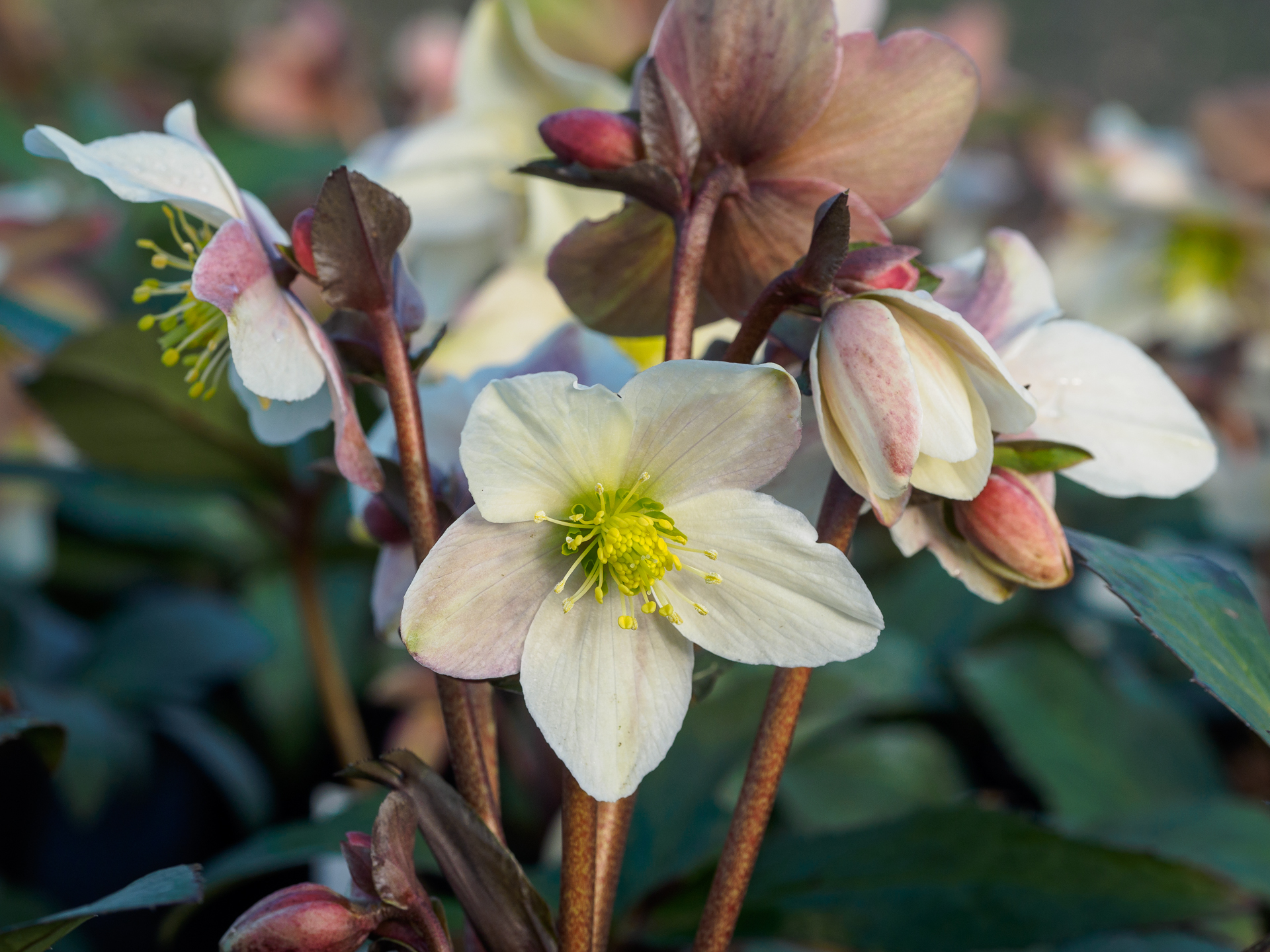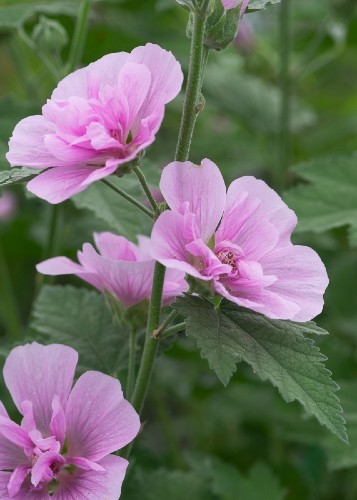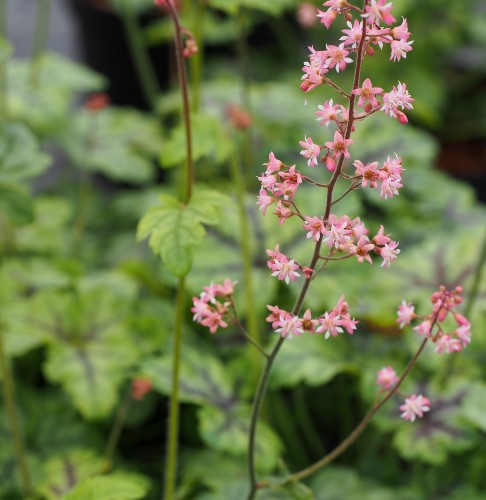Highlight on Hybrids
What does that ‘x’ mean?
Plant breeders, in their never-ending quest for new forms of plant material often cross different varieties, species and occasionally, genera. This results in a hybrid with some of the characteristics of each parent and is designated by inserting an ‘x’ before either the variety, species or generic epithet in the name. We can also create crosses between species and hybrids as well as hybrids of hybrids. In nature there are strong barriers to plants of different species interbreeding but if they do, it usually results in sterile offspring.
Hellebore inter-species hybrids
Hybridising (deliberate and accidental) between H. orientalis and several other closely related species and subspecies has vastly improved the colour-range of the flowers, which now extends from slate grey, near-black, deep purple and plum, through rich red and pinks to yellow, white and green. The outer surface of the sepals is often green-tinged, and as the flower ages it usually becomes greener inside and out; individual flowers often remain on the plant for a month or more. The inner surface of each sepal may be marked with veins, or dotted or blotched with pink, red or purple. "Picotee" flowers, whose pale-coloured sepals have narrow margins of a darker colour, are much sought-after, as are those with dark nectaries which contrast with the outer sepals.
Gardeners and nurserymen have also created hybrids between less closely related species. The earliest was probably H. × nigercors, a cross between H. niger and H. argutifolius (formerly H. lividus subsp. corsicus or H. corsicus, hence the name) first bred in 1931. The hybrid is a large, tough plant with white flowers flushed with green; they are said to be the best of all hellebores for cut flowers.

Helleborus x nigercors 'Emma' PBR is one of these interspecies hybrids and has proved so successful that it has been given its own cultivar epithet of ‘Emma’. The PBR means that Plant Breeders Rights are active restricting other growers from propagating it.
Alcea intergeneric hybrids
X Alcalthaea are bigeneric hybrids between Alcea (the true herbaceous Hollyhock’ genus) and Althaea (the sub-shrubby mallow genus). The hybrids are tall, branching, short-lived perennials with hairy foliage and spires of pink, cream or yellow flowers and generally less prone than either parent to ‘Rust’ fungal infection. Note that because these are a hybrid between two different genera the ‘X’ is a capital and comes before intergeneric epithet.

X Alcalthaea suffrutescens 'Parkrondell' is a tall, bushy deciduous perennial to 1.5m in height with lobed, softly hairy, grey-green leaves. Tall spires of light pink single, hollyhock-like flowers with an inner rosette of crinkled petals and a dark centre, are produced from mid-summer to early Autumn.
Heuchera inter-generic hybrids
X Heucherella are hybrids between Heuchera and Tiarella, and are evergreen, clump-forming perennials with ovate or rounded leaves and open panicles of small bell-shaped pink or white flowers over a long period. X Heucherella was first bred in France in 1912 by Emile Lemoine, who created a sterile hybrid between Heuchera × brizoides and Tiarella cordifolia. It was later named ×Heucherella tiarelloides.

X Heucherella 'Tapestry' PBR is a beautiful named cultivar and in this case the second (tiarelliodes) epithet is unnecessary. 'Tapestry's palmately lobed, silvery green leaves with dark purple veining are the perfect backdrop for its' delicate, starry pink and white flowers. During early summer Heucherella 'Tapestry' produces a profusion of flower spikes, this sterile bi-generic hybrid, is guaranteed to bring colour to the garden for many weeks.
